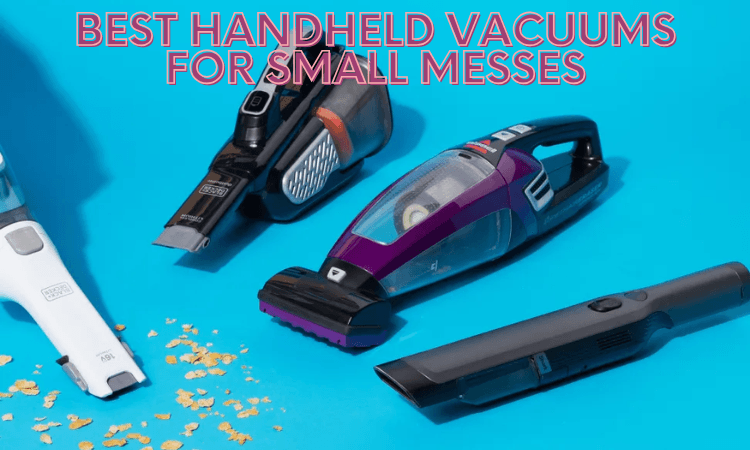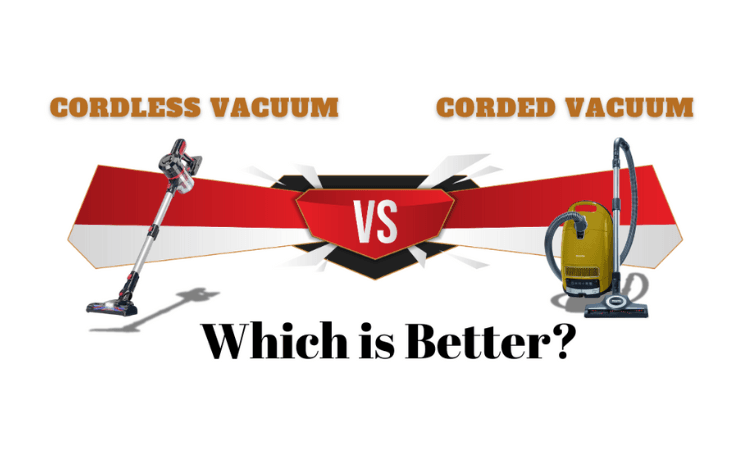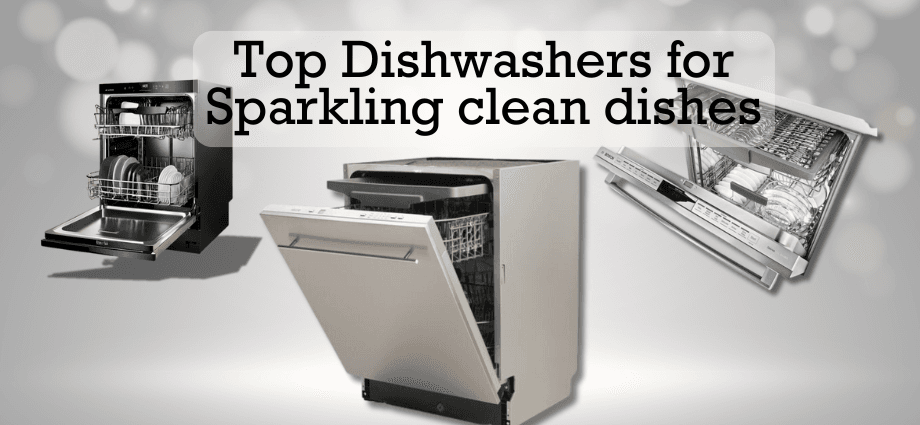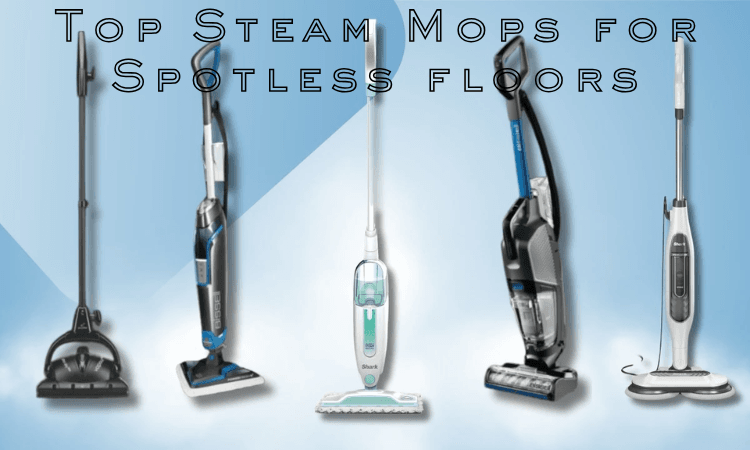Selecting the right dryer for your home is an important decision that can impact your laundry routine, energy costs, and the longevity of your clothes. With a wide variety of dryer types and features available, it’s crucial to know what to look for to make the best choice for your household. Whether you’re in the market for a new dryer or upgrading your current model, this guide will help you understand the different options and factors to consider.

Key Features to Look for in a Dryer
When shopping for a dryer, several key features should be at the top of your list. These features will help improve the efficiency, effectiveness, and convenience of your dryer.
Capacity
Capacity is one of the first things to consider. Larger dryers can handle bigger loads of laundry, which saves you time and energy. For larger families or those who do laundry frequently, a dryer with a higher capacity (around 10-12 kg) is a good option.
If you have a smaller household, a standard dryer with a 7-8 kg capacity may be sufficient.
Energy Efficiency
Energy-efficient dryers are designed to reduce electricity consumption, which benefits both the environment and your monthly utility bills. Look for dryers with Energy Star ratings or similar certifications to identify the most efficient models.
Although energy-efficient dryers may come at a higher initial cost, they typically save you money in the long term by reducing your energy consumption.
Drying Programs and Settings
Dryers come with various settings that help tailor the drying process to specific types of clothing. For instance, many dryers offer delicate cycles for sensitive fabrics or heavy-duty cycles for thicker items like towels.
Having these specialized programs ensures that your clothes are dried properly and helps preserve their lifespan.
Noise Levels
Dryers can be loud, especially when running on high heat or during longer cycles. If noise is a concern, look for models that are designed to operate more quietly. Many newer dryers feature sound-dampening technology to minimize noise, which is a big benefit for homes where the laundry room is near living or sleeping areas.
Types of Dryers
Understanding the various types of dryers is key to making the right decision. Each type has unique features, pros, and cons, so it’s important to evaluate which one fits your home’s needs.
Vented Dryers
Westinghouse 5.5kg Vented Clothes Dryer WDV556N3WB
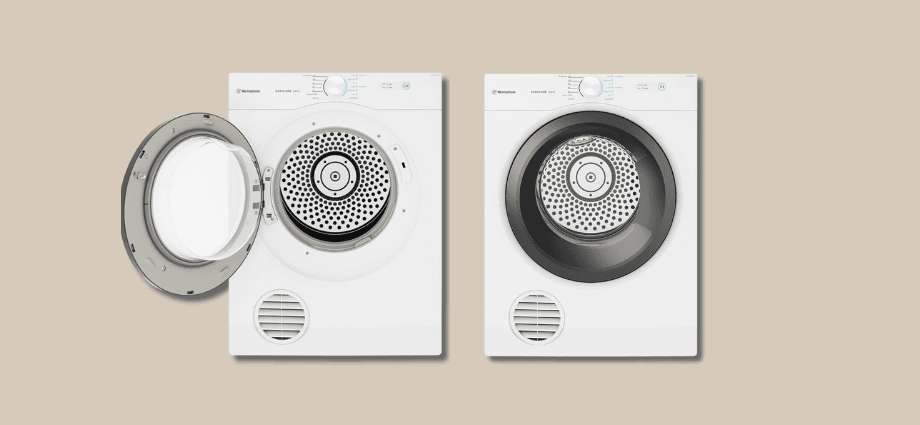
Vented dryers are one of the most common types. They work by venting hot, moist air through a duct to the outside of your home. This makes them effective at drying clothes quickly.
While they tend to be more affordable and dry clothes faster, vented dryers require an external venting system. This may limit where you can place the dryer, so homes with a dedicated laundry room and exterior walls are ideal.
Condenser Dryers
HOOVER H-Dry 300 HLE V10DG-80 NFC 10 kg Vented Tumble Dryer
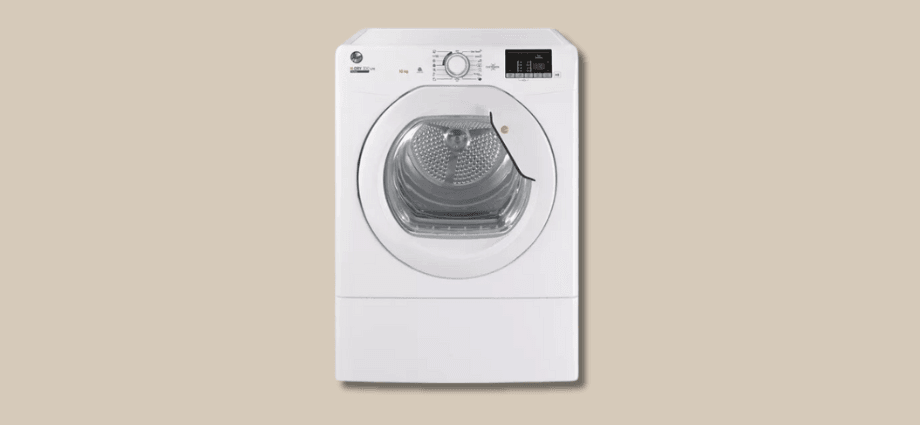
Condenser dryers don’t require external venting. Instead, they condense moisture into water, which is collected in a tank or drained out through a hose. These dryers are convenient for homes without the option of venting.
Though they are generally less energy-efficient than vented dryers, condenser dryers can be installed in any room, making them great for apartments or homes with limited space or ventilation.
Heat Pump Dryers
8.0 kg Laundry Front-load Dryer AI Control Samsung
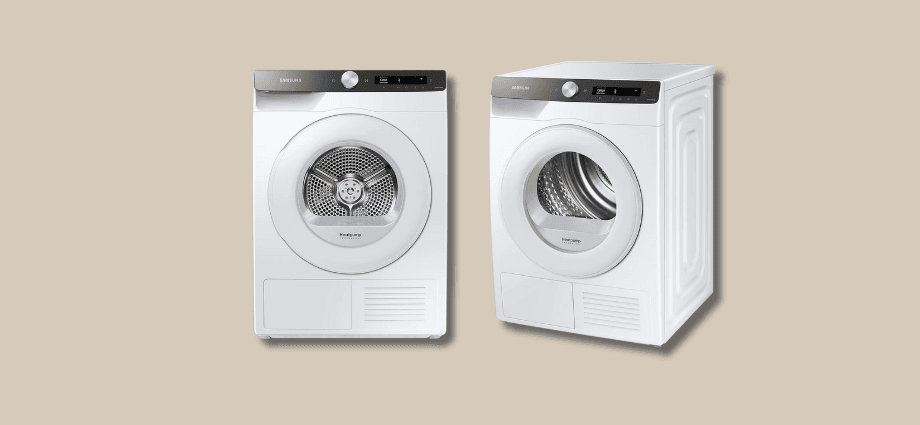
Heat pump dryers use a heat pump to recycle hot air, reducing energy consumption significantly. They operate at lower temperatures, which helps preserve clothes while drying them efficiently.
While heat pump dryers are more expensive upfront, their energy savings over time make them a great investment for those looking to reduce their electricity bills in the long run.
Budgeting and Cost Considerations
The cost of a dryer can vary significantly based on features, type, and brand. Understanding the cost breakdown helps you make a choice that fits your budget.
Upfront Price
Vented dryers are generally less expensive, with prices ranging from $300 to $700, while heat pump dryers and washer-dryer combos are usually priced higher, between $900 and $1,500. The upfront cost of a dryer depends largely on its size, features, and brand.
Running Costs
Energy-efficient dryers are designed to use less electricity, which can significantly lower your utility bills over time. When considering a dryer, it’s important to factor in its running costs, especially if you plan to use it frequently. Energy-efficient models may have higher initial costs, but their long-term savings can make them worthwhile.
Maintenance and Longevity
A well-maintained dryer can last for many years, with an average lifespan of around 10 years. Regular cleaning, such as clearing out the lint filter and checking for blockages, is essential to ensure your dryer runs efficiently. Keep in mind that some dryers may require more maintenance than others, and regular upkeep can help prevent costly repairs.
Space Considerations for Your Dryer
The space where you plan to install the dryer is another important factor. If you have limited room, you may need to opt for a compact or stackable model.
Size and Dimensions
Before purchasing a dryer, measure the space where it will be placed. Compact dryers are great for small homes or apartments, while larger homes with ample space can accommodate full-sized models. Be sure to account for both width and height to ensure the dryer fits properly in your laundry room.
Ventilation Requirements
Vented dryers need an external vent to expel hot air. If your laundry room does not have the proper vent, you may need to consider condenser or heat pump dryers, which don’t require external venting. These models can be placed in any room, giving you more flexibility in where you install them.
Top Dryer Recommendations
When it comes to choosing a reliable dryer, there are several options available, depending on your needs.
LG DLE7300VE Electric Dryer
The LG DLE7300VE is a high-end electric dryer with a large capacity of 7.4 cubic feet. It features smart drying technology, allowing you to control the dryer remotely via your smartphone. It’s energy-efficient and offers a variety of drying cycles, including steam and allergen options. This dryer is ideal for large families or those who want advanced features.

Samsung DVE45R6100C Electric Dryer
This Samsung model offers a 7.5 cubic feet capacity and features smart home integration, allowing you to adjust settings remotely. It includes a wide variety of drying cycles, including delicate, heavy-duty, and quick-dry options. The sensor drying feature helps prevent over-drying, making it an efficient choice for households with varied drying needs.
Whirlpool WED4815EW Electric Dryer
The Whirlpool WED4815EW is a reliable and affordable option for those on a budget. It offers a 7.0 cubic feet capacity and several drying programs, including a timed dry cycle. This model is simple and easy to use, making it a great choice for families who need a no-frills, dependable dryer.
Conclusion
Choosing the right dryer for your home involves evaluating several important factors, such as dryer type, capacity, energy efficiency, and space. By considering your home’s specific needs and your budget, you can find a dryer that works well for your family. Whether you choose a vented, condenser, or heat pump dryer, taking the time to make an informed decision will pay off in both convenience and cost savings in the long run.
